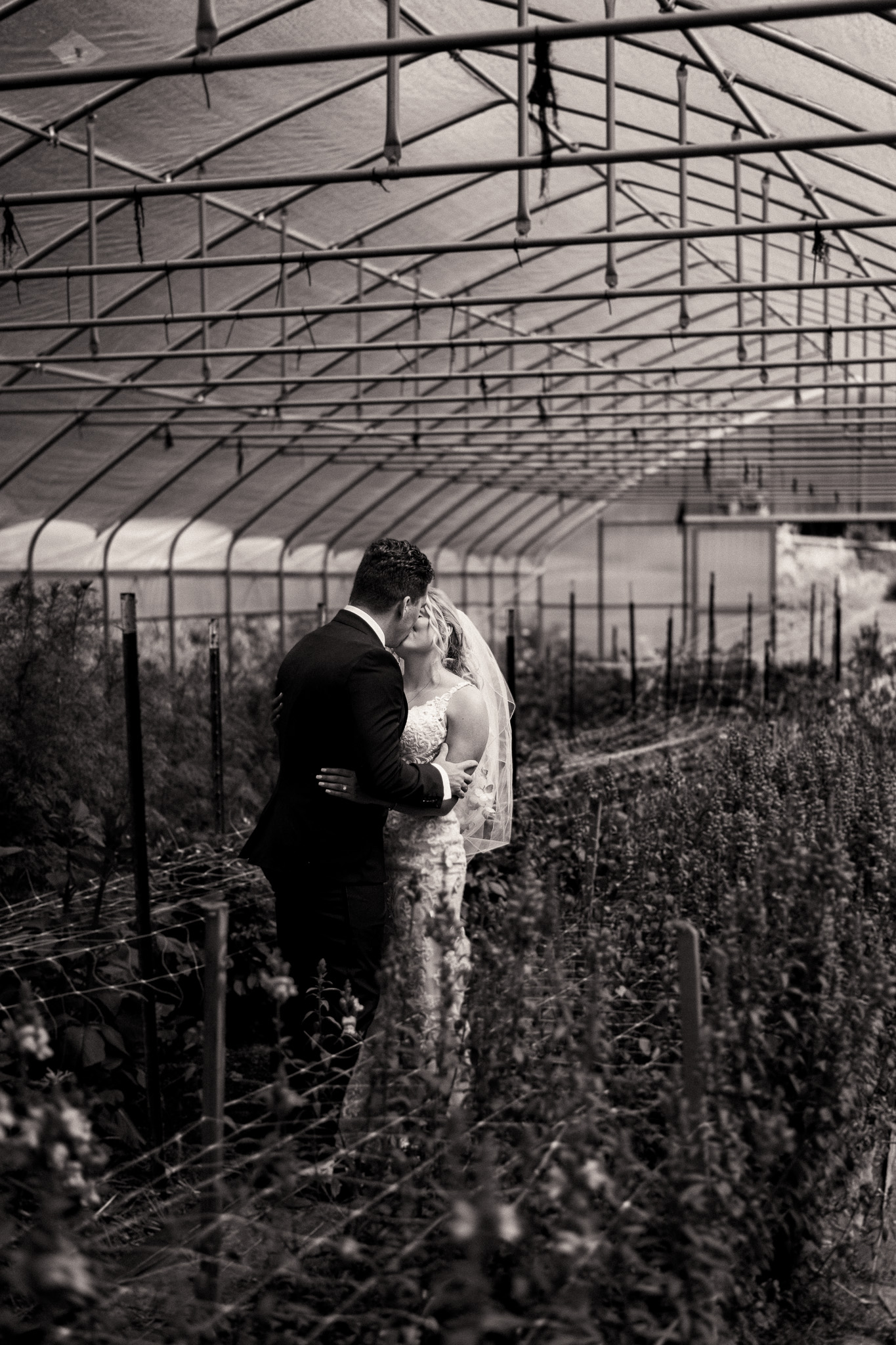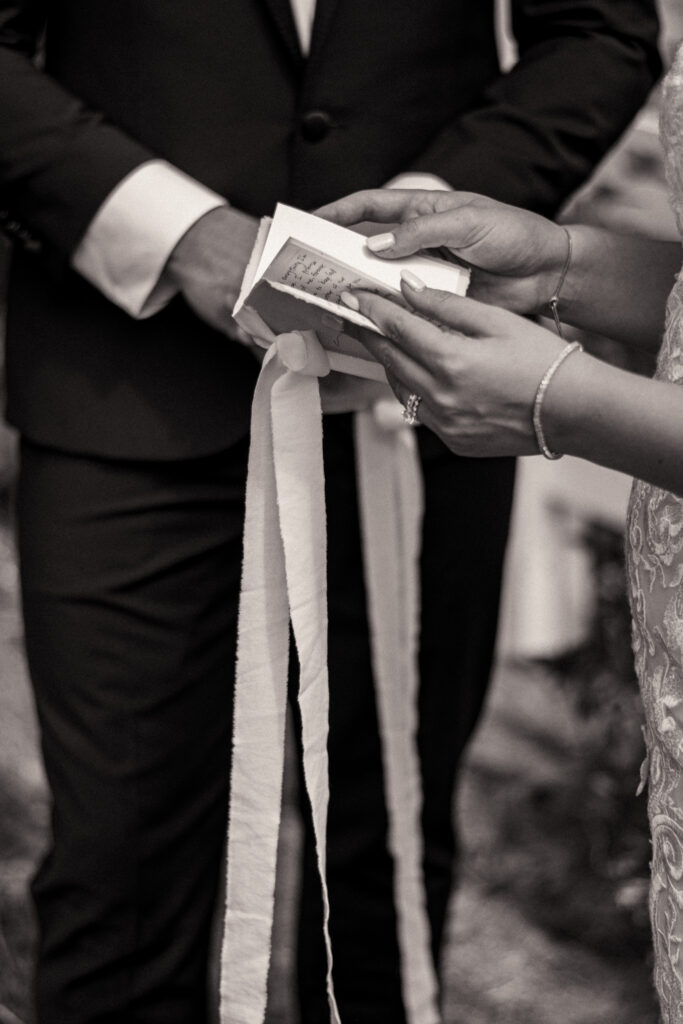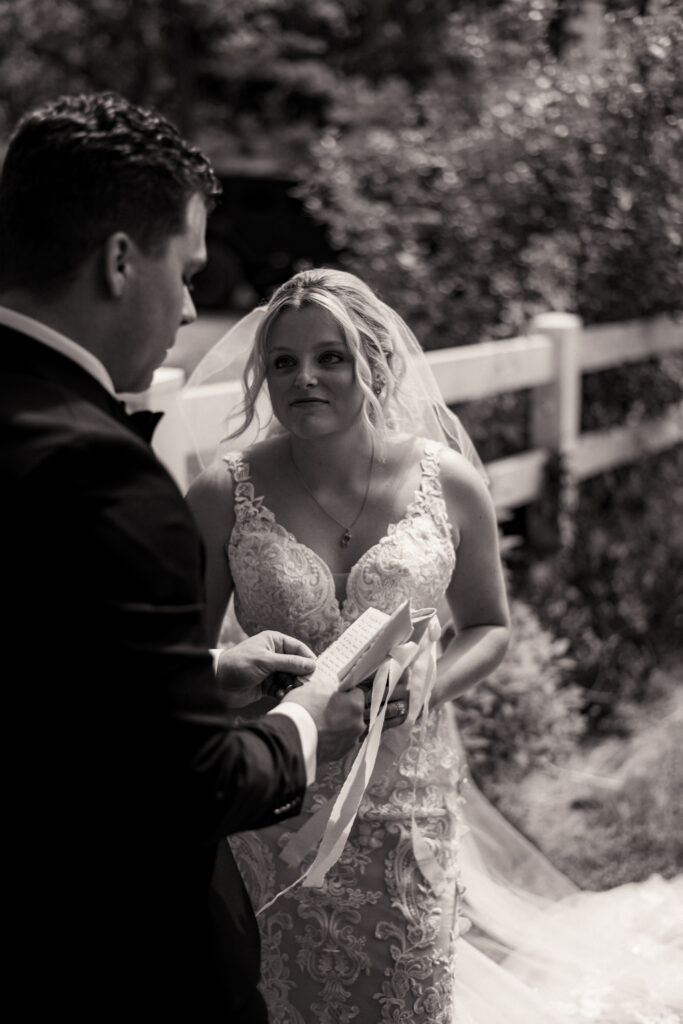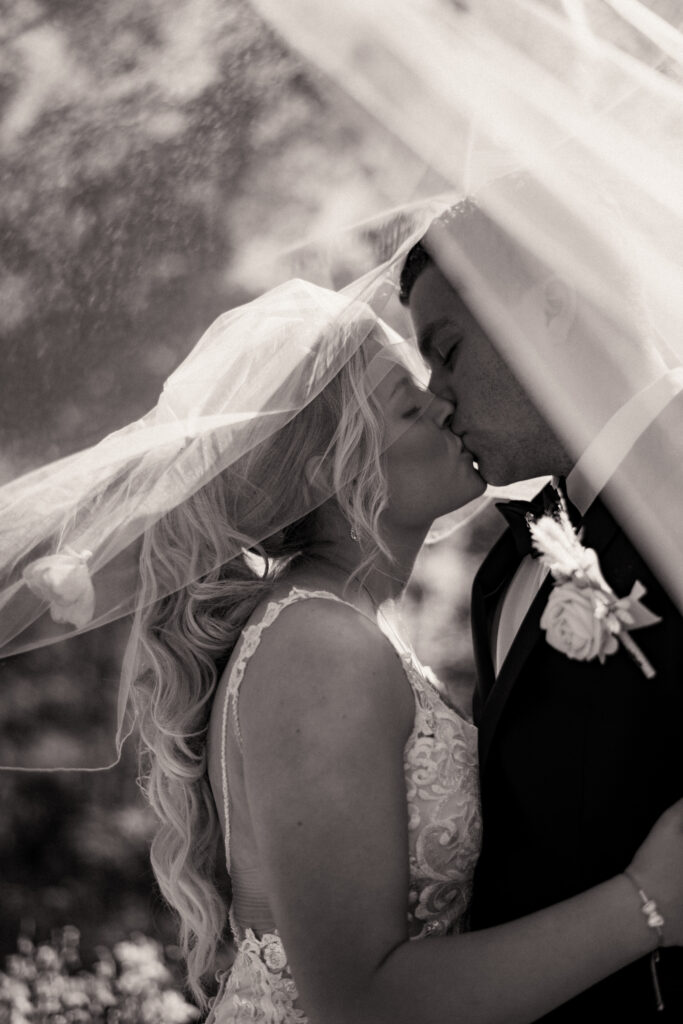A Guide to Self-Solemnization; How to Marry Yourselves
May 24, 2023
wildelementsphotography

Did you know that it’s entirely possible for you and your partner to marry yourselves, without being in the presence of an officiant and/or witnesses?
This process is called self-solemnization.
Self-solemnization is the self-uniting act of performing your own wedding ceremony, leaving behind any interference from a religious or governmental third-party figure. Under this concept, you and your partner are left with the freedom to perform your marital ceremony and your vow exchange in a truly intimate and personalized fashion.
So, What’s the Catch?
There’s no catch per say, but there are a few caveats regarding self-solemnization that are worth taking into consideration – the largest of these being perhaps how dwindled your location choices become in terms of what states and countries legally recognize self-solemnization as a valid means of marriage.
Self-solemnization is a legitimate option in the District of Columbia, Colorado, Pennsylvania, Illinois, Wisconsin, California, Nevada, Maine, and Kansas. Each state has its own jurisdiction over the specifications and requirements one must meet in order to self-solemnize, which is why it’s necessary to check the statues within the jurisdiction of your choosing to see if you’re a candidate to self-marry.
Washington D.C. and Colorado are easily the most ideal places for couples to marry themselves because there are no real restrictions in candidacy, or additional filings a couple must make in order to marry themselves. To make your self-solemnized marriage legally binding in these two particular locations, you must apply for your marriage license, complete it, and then file it with the state through the County Clerk and Recorder’s office.
This is partially why Colorado is a widely sought-out elopement destination – the ease and convenience of planning your elopement in such an epic corner of the world translates from the actual experience, to the legal marital process. There are no hoops to jump through, or mounds of paperwork to drown in. The same is true for those choosing to self-solemnize in Washington D.C.

Self-Solemnization Requirements for Other States
Pennsylvania: Pennsylvania law dictates that two consenting people can marry under the guise of self-solemnization, but they must have two witnesses present during the time of signing of the marriage license.
https://www.legis.state.pa.us/cfdocs/legis/LI/consCheck.cfm?txtType=HTM&ttl=23&div=0&chpt=15
Illinois: People who will be married within the compliance of various religious and/or Indigenous ceremonies are granted the opportunity to self-unite, but only under these principles will a self-uniting marriage be legally recognized.
Maine: Maine will acknowledge self-uniting ceremonies as valid and true if you are a follower of the Quaker religion, and the ceremony pertains to the guidelines set forth by that particular faith.
https://www.maine.gov/portal/residents/marriage.html
Wisconsin: In Wisconsin, the legislature upholds the right couples reserve to marry themselves in place of an officiant or someone with equivalent authority, given the couple signs a form stating that they are in full understanding that the government can not assure the couple’s self-solemnized ceremony will be recognized in all possible scenarios.
https://docs.legis.wisconsin.gov/statutes/statutes/765/16
California: California has created a separate marriage license application for “non-clergy” marriages, which are referred to as the License and Certificate of Marriage for Denominations Not Having Clergy. This type of marriage license still warrants that the couple must obtain two witness signatures to validate the marriage.
Nevada: People who identify under the ‘Quaker’ or ‘Friends’ faith are permitted to perform self-solemnized marriages under Nevada law.
https://www.leg.state.nv.us/nrs/nrs-122.html
Kansas: Similarly to the rules of Nevada and Maine, Kansas will only recognize the marriage of two people who self-marry if they adhere to the customs and regulations pertaining to certain religious affiliations.
How Can I Plan My Self-Uniting Ceremony?
As stated above, the first thing you want to do when planning a self-uniting ceremony is to check the legal specifications for the location you want to have your ceremony in. A quick call to the County Clerk’s office in your desired jurisdiction can help alleviate any questions or concerns you may have. Confirming the rules and regulations directly from the source is a great way to bypass any misunderstanding.
Once you’ve chosen your destination and checked the legal requirements, start outlining a plan for your actual ceremony. This is where you and your partner can explore all of the unique options available to you that truly make your day special. You should work together to determine the things you may share during your ceremony, this might include your vows, readings, music, or songs. Will you invite family? Is there an activity you wish to incorporate? Are there any meaningful rituals or traditions that you want to be an important part of the ceremony? Take this time to customize an experience that feels right to you and your partner.
If you’re traveling for your ceremony, generate a list of things that you either want to bring with you, or need to plan for in advance. Specify what travel accommodations need to be made. Obtain any necessary permits or filings that you’ll need to legally perform your ceremony. Compile all of your wedding attire, and make sure you pack it carefully.
Be sure to apply for your marriage license. Regardless if you’re self-solemnizing, a marriage license is paramount to making your marriage legally legit. You should generally not file for your license more than 90 days before your planned ceremony, or less than one week in advance.
After you’ve gotten the correct marriage license, you’re ready to finally tie the knot! When you’ve exchanged your vows, you and your partner should then sign your marriage license. At some point post-ceremony, you must file it with the appropriate government agency within whatever deadline put in place by said agency.


What If I Want to Self-Solemnize, but It’s Not Legal in My Chosen Destination?
This dilemma is more common than you think, and there are certainly some wonderful alternatives to consider here.
You can still have the experience you deserve, without worrying about the legalities of doing so. A popular choice made by those facing these same circumstances is to make their marriage official at the courthouse, and then gear up to have the wild and emotive elopement/intimate wedding that they’ve always wanted!
You and your partner can have a commitment ceremony during your excursion, which is an opportunity to share your vows or partake in symbolic rituals that are important to your celebration. A commitment ceremony is a culmination of all of the elements of a legally binding marital exchange, without the paperwork that makes it official. This is a practice where the focus lies solely on the gravity of your commitment to each other, not the legal implications.
When you have a commitment ceremony, there are no constraints that decide when you must solidify your marriage with the courthouse or a government entity. That means you can complete this step before, after, or never if you wish. There is an ever-growing list of reasons why one may want to skip the legal formalities surrounding marriage, but still want to honor and celebrate their love accordingly – and that’s okay!
Do I Have to Elope if I Want to Self-Marry?
You are under no obligation to elope if you want to self-marry. While the choice to elope is often associated with the liberation of self-solemnization, they are individual options that can be formatted to align with you and your partner’s desires.
That’s the beautiful thing about getting married in the era we’re apart of now – you have the freedom to choose how and when you get married, in every possible facet. Do things your way.
While we’ve come a long way in marriage equality, there is still progress to be made. By supporting the right and free-will to choose how we define our marital experiences, you’re opening up the doorway for positive changes to continually be made.
Will You Help Us Plan Our Self-Uniting Ceremony?
A very fulfilling part of my job as a traveling Elopement & Adventure Photographer is guiding my couples through the ins-and-outs of the planning process.
There can be an overwhelming amount of options and ideas to navigate through, which is why I offer various detailed guides that can help set you in the direction that feels right for you and your partner. Together, we’ll bring those dreams you’ve been having to life.
If you’re interested in teaming up, fill out this form. We’ll jump on a call, and start diving into your story.

Leave a Comment